Story highlights
Three deaths related to powerful storm
Many homes, businesses without power
The remnants of Hurricane Ophelia hit Ireland’s west coast as a post-tropical storm on Monday, bringing with it strong winds, heavy rain, and the threat of storm surge and flooding.
Met Éireann, Ireland’s National Meteorological Service, extended a red alert for the entire country on Sunday evening, warning that there was a “danger to life and property.” As of Monday night the warning remained in effect for the entire country.
Three deaths have been attributed to the storm. A woman in County Waterford and a man in County Louth were killed when trees fell on their cars, a spokesman for Ireland’s national police, An Garda Siochana, told CNN. Police also confirmed a third storm-related death in County Tipperary, where a man in his early 30s was fatally injured with a chainsaw while in the course of clearing a fallen tree.
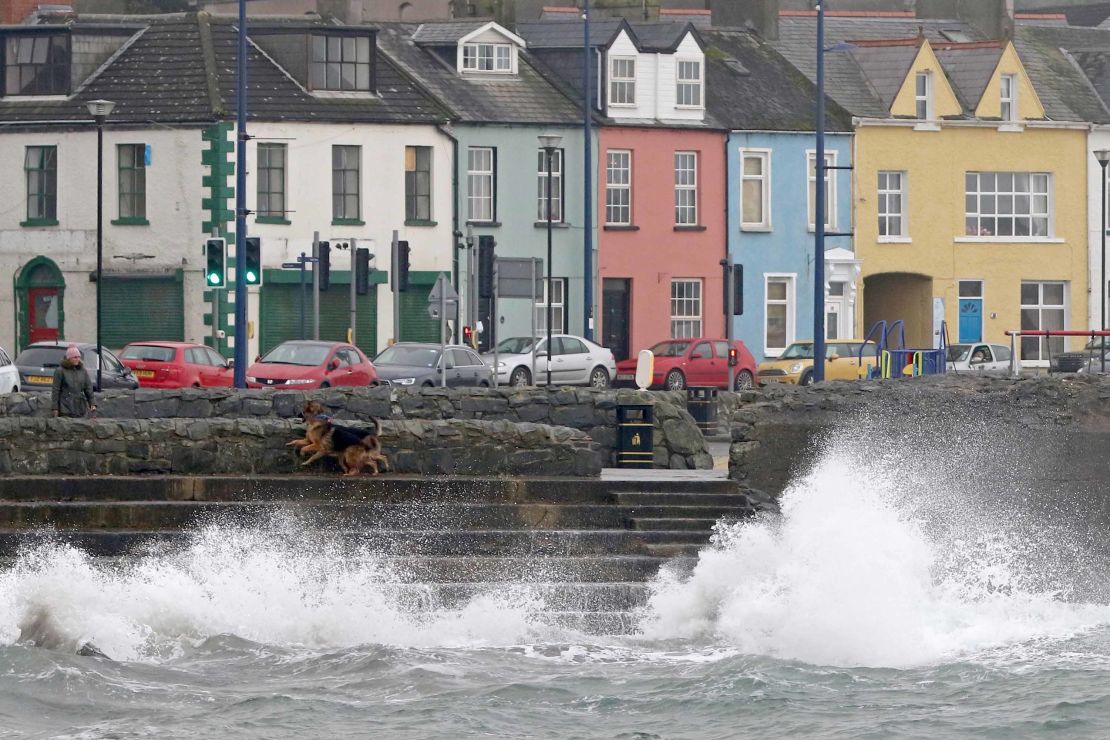
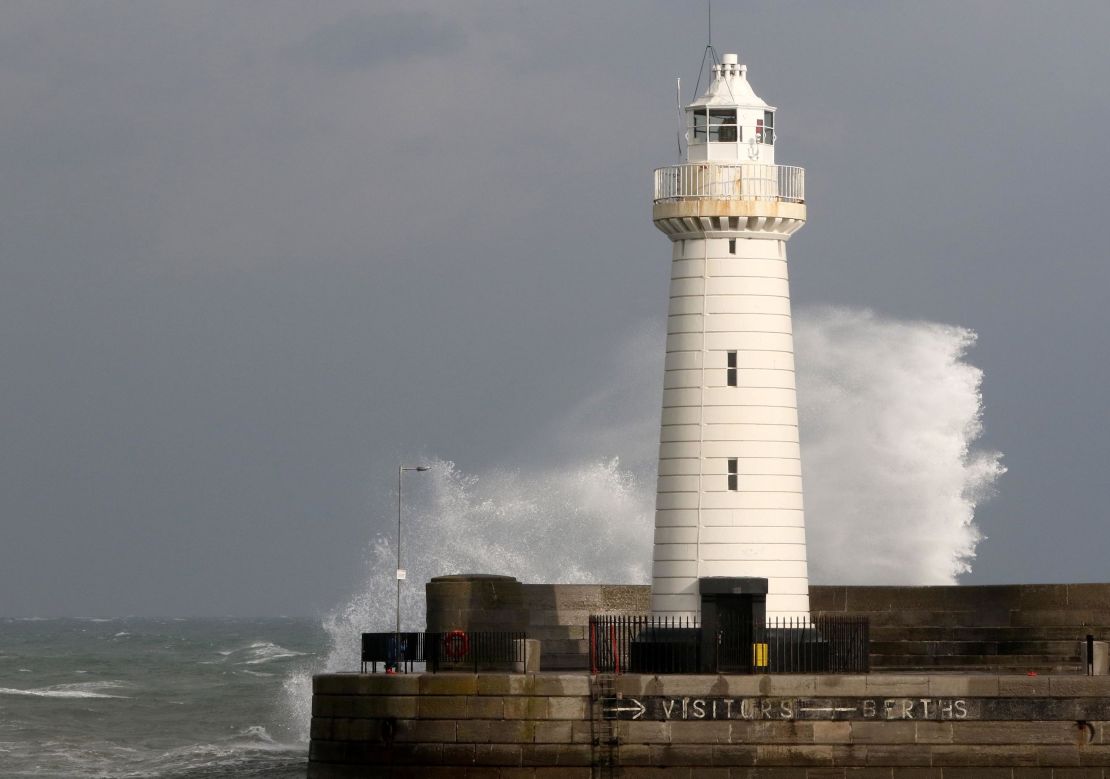
“Violent and destructive” wind gusts of 176 kilometers per hour (109 miles per hour) were recorded at Fastnet Rock, off the coast of Cork, according to Met Éireann.
Taoiseach Leo Varadkar advised everyone in the country to stay indoors until the storm passes, urging people to work from home where possible and “take care of the elderly around you.”
“I don’t want anyone to think that this is anything other than a national emergency,” Varadkar said in a press conference on Monday morning.
Over 360,000 homes and businesses were without power as the storm barreled through southwest Ireland, according to state-owned electricity provider ESB Networks. People sheltering in their homes in West County Waterford said they were turning to battery-powered radios for updates.
Much of Ireland was shut down as the storm made landfall. All of Ireland’s schools, colleges and other education institutions were closed Monday through Tuesday. Public transportation, ferries, and flights were also cancelled. Kerry Airport closed down completely, saying on Twitter that it would reopen Tuesday. Officials had advised against all unnecessary travel, and asked that people stay away from coastal and cliff areas.
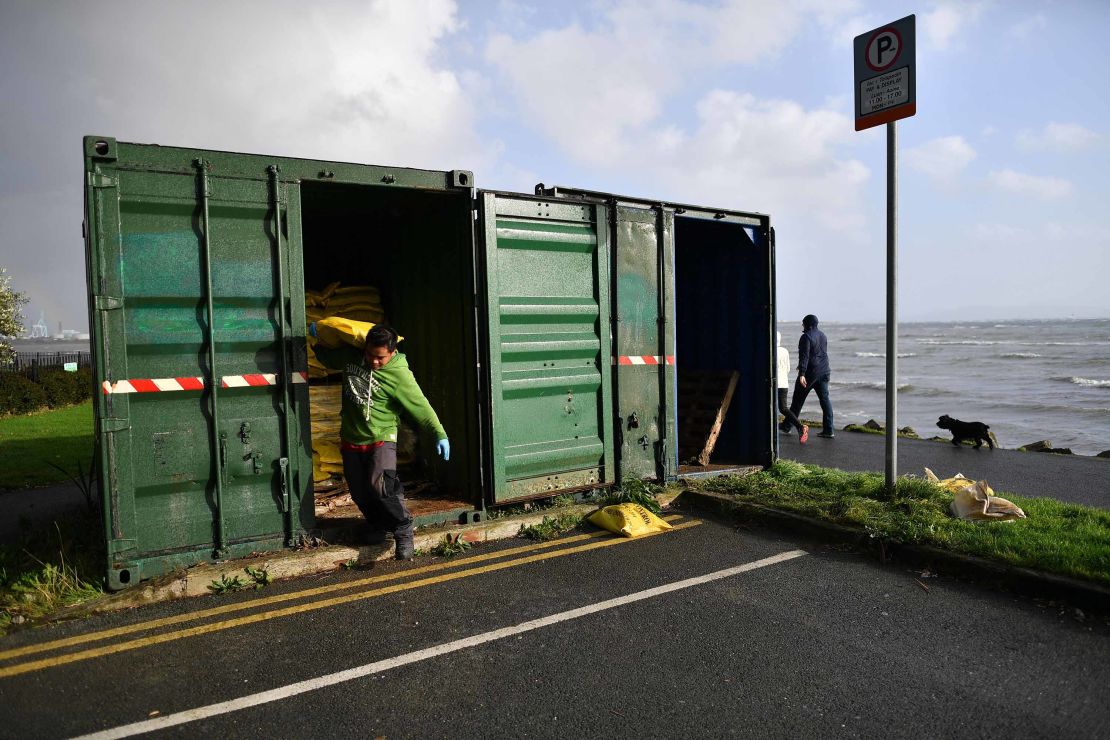
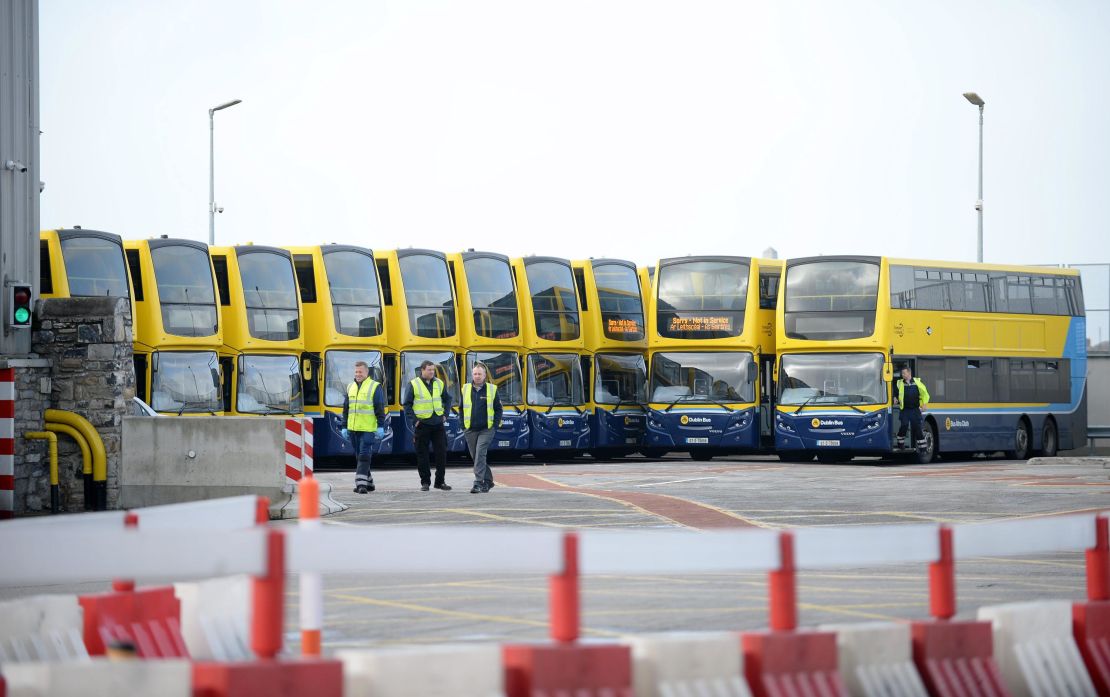
In Cork, in southwest Ireland, thousands of buildings were without electricity Monday night and fallen trees were causing numerous road closures, according to an update from the city.
Hundreds of city workers were dispatched to work on recovery efforts. Although wind speeds had dropped, Cork was urging people to remain indoors Monday night.
Varadkar said Ireland hadn’t seen a storm this powerful since Hurricane Debbie in 1961, which left 11 dead.
Ophelia was fueled by warm ocean waters in the Atlantic, traveling farther east than any major hurricane in the Atlantic to date, CNN Meteorologist Derek Van Dam said. The previous record was held by Hurricane Frances in 1980, according to CNN meteorologist Haley Brink.
On Saturday, Ophelia was a Category 3 hurricane, but the storm has weakened as it moved northeast to colder waters.
“The odd part about Ophelia is seeing this intensification take place in what’s normally a much cooler region of the Atlantic Ocean,” CNN Meteorologist Allison Chinchar added.
Some British media pointed out that the storm was due to arrive 30 years to the day after the “Great Storm of 1987” – which made landfall in Cornwall, southwest England, with winds of 120 mph (about 190 kph).
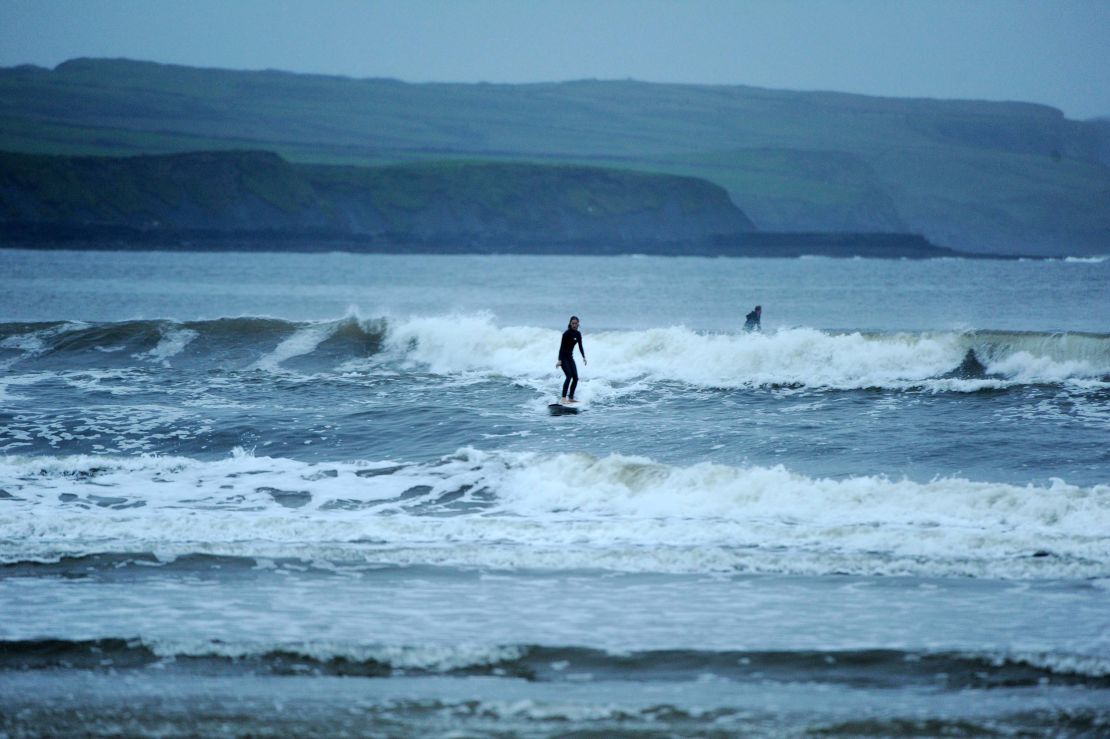
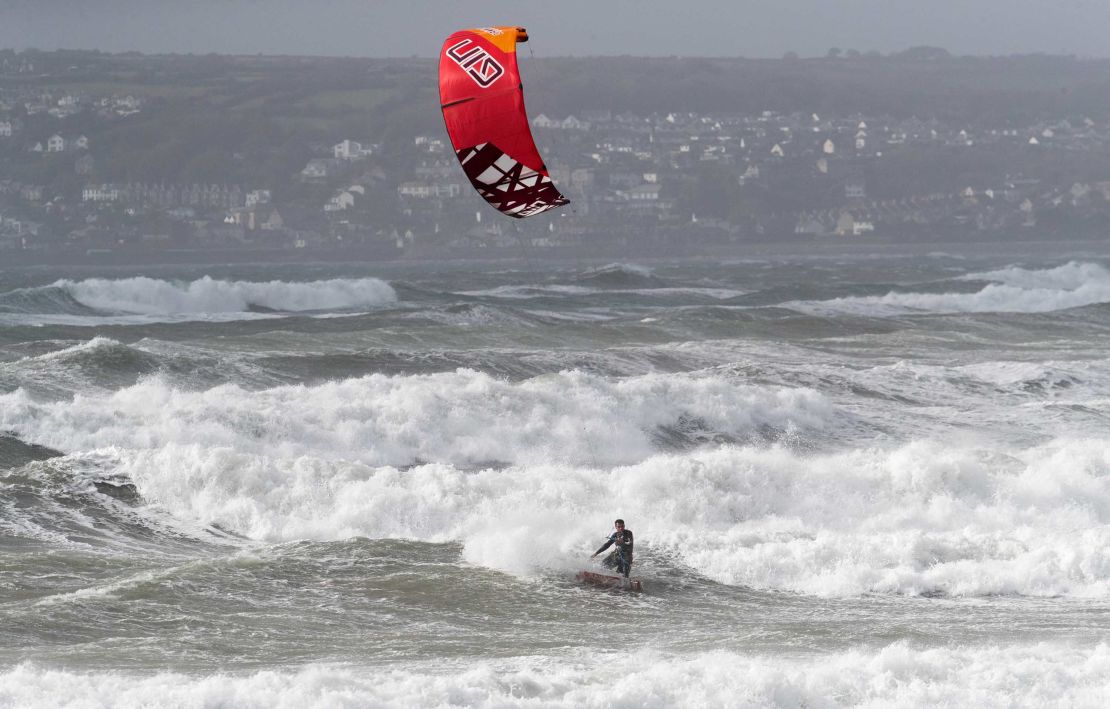
The Met Office in the UK Monday extended an amber weather warning for Northern Ireland into parts of north and west Wales and the extreme southwest of Scotland, warning of 80 mph gusts likely in places.
“Although parts of the UK may experience severe conditions, it’s important to realize that not all areas will be affected by this ex-hurricane,” the Met Office said in a weekend advisory. “For example, much of eastern England will be unusually warm for the time of year but quite breezy on Monday and Tuesday.”
The National Hurricane Center said that Ophelia was forecast to produce 2 to 3 inches of rain with isolated totals nearing 4 inches through Tuesday across western Ireland and Scotland.
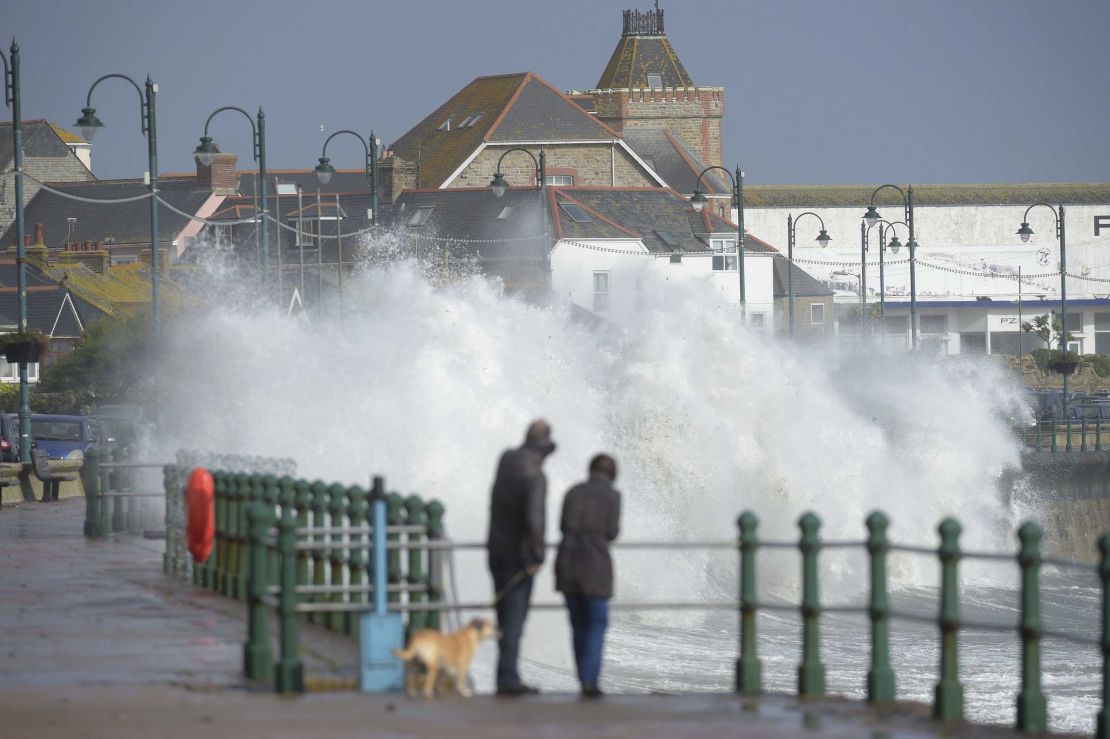
It also warned that “a dangerous storm surge is expected to produce significant coastal flooding near and to the east of where the center of the post-tropical cyclone makes landfall.” The surge would be accompanied by large and destructive waves, it said.
“Strong winds will then spread across the remainder of Ireland and parts of the United Kingdom into Monday night. Preparations to protect lives and property should be complete,” the center said. “The post-tropical cyclone is expected to dissipate near western Norway by Tuesday night.”
Ophelia is the sixth major hurricane of the 2017 Atlantic basin hurricane season and the 10th consecutive named storm in the Atlantic to become a hurricane. The latter milestone ties a record that has occurred three times, most recently in 1893.
CNN’s Carol Jordan in London and Hillary McGann in Kilkee, County Clare, contributed to this report.



